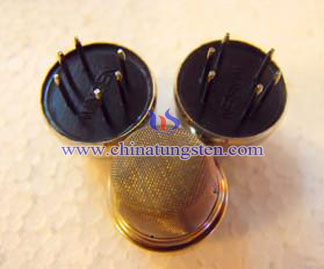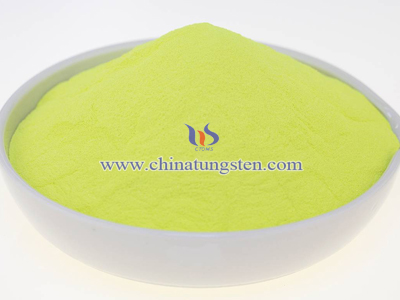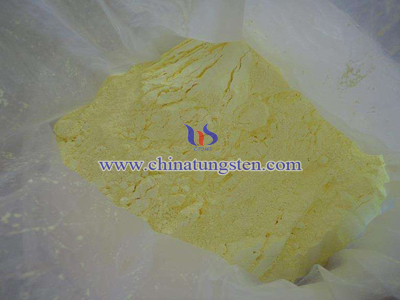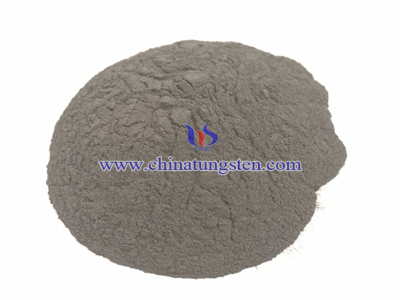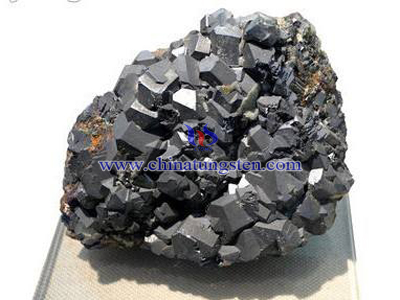Optical Fiber Hydrogen Sensor
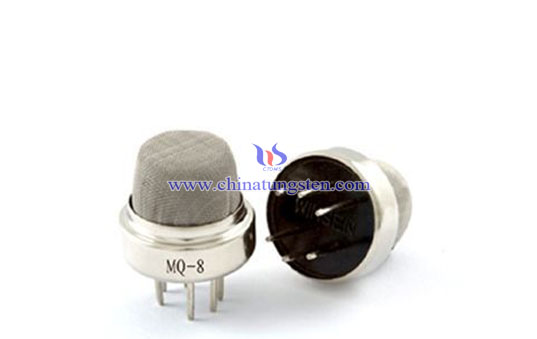
In recent years, for the use of fiber optic technology to detect the concentration of hydrogen, a number of experts and national laboratory in developed countries proposed a variety of solutions and develop a variety of hydrogen sensing device. Butler (1994) firstly coating a layer of palladium (Pd) or Pd multilayer film with a silicon oxide (SiO) film on fiber surface which constitutes the micro lens type hydrogen sensor; Garcia (1996) and Mandelis (1998) presented a better performance of the hydrogen detection methods: the laser emitted from a semiconductor laser to produce two beams of light through the beam splitter and the irradiation chamber of hydrogen in the gas stream and the reference electrode plate sensitive surface by comparing the two beams of light intensity to reach the final detection purposes. Sensitive surface of the plating Pd, the reference electrode plate of aluminum (Al), Al-coated film after the reference plate is not sensitive to hydrogen, is only used as a reference signal channel, in order to improve the adaptability and accuracy of the test environment; Griessen (1997) Benson (1998) used surface plasmon resonance sensor technology and optical fiber transmission mechanism in the design of the waveguide optical hydrogen sensor.
In the nineties of the last century, the United States began to focus on the various forms of fiber optic sensors, there are several related research projects at the Department of Energy's ESP program for monitoring arms in a variety of gaseous components, LLNL (Lawrence Livermore Mo Seoul national Laboratory) Laboratory monitoring recommendations on US stockpiles are also mentioned in the research of several hydrogen sensitive fiber optic sensors. The classic optical fiber hydrogen gas sensors include micro-mirror fiber-optic hydrogen sensor, interferometric fiber-optic hydrogen sensor, schematic diagram of sensor probe, FBG fiber-optic hydrogen sensor and surface plasmon resonance gas sensor.

